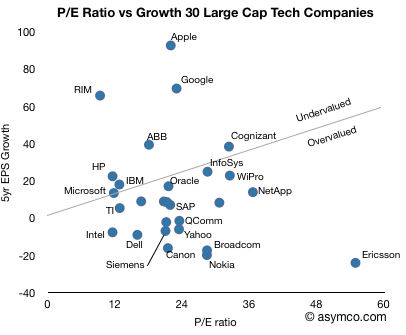The latest litigation lollapalooza over Android reminds one of the old web adage that if you’re not paying for content, you’re the asset being sold.
That’s certainly one of the consequences of the Android licensing model. The mobile phone vendors with no software intellectual property are pawns in a game between IP holders. It’s clear that Microsoft and Apple and Oracle (and perhaps Nokia) have IP issues with Google. But it’s the licensee device vendors which are most often the accused. Whether Google indemnifies or not is an open question, but the evidence is that the vendors are exposed.
The proof is in the fact that HTC is paying Microsoft for the use of Android. It’s conceivable that Microsoft also asked Motorola for Android royalty payments but were rebuffed. It’s also possible Continue reading “Android licensees: If you're not paying, you're being sold”


